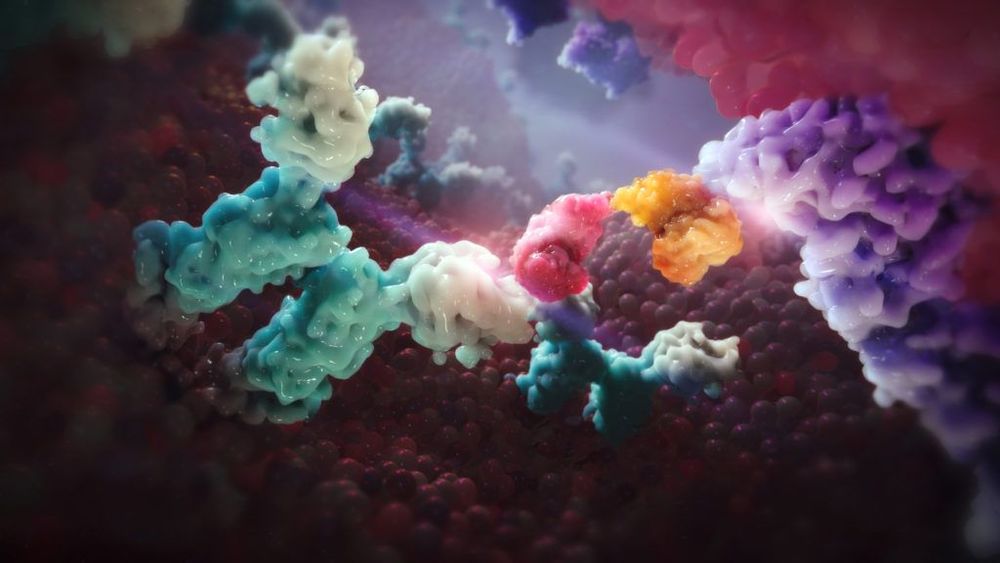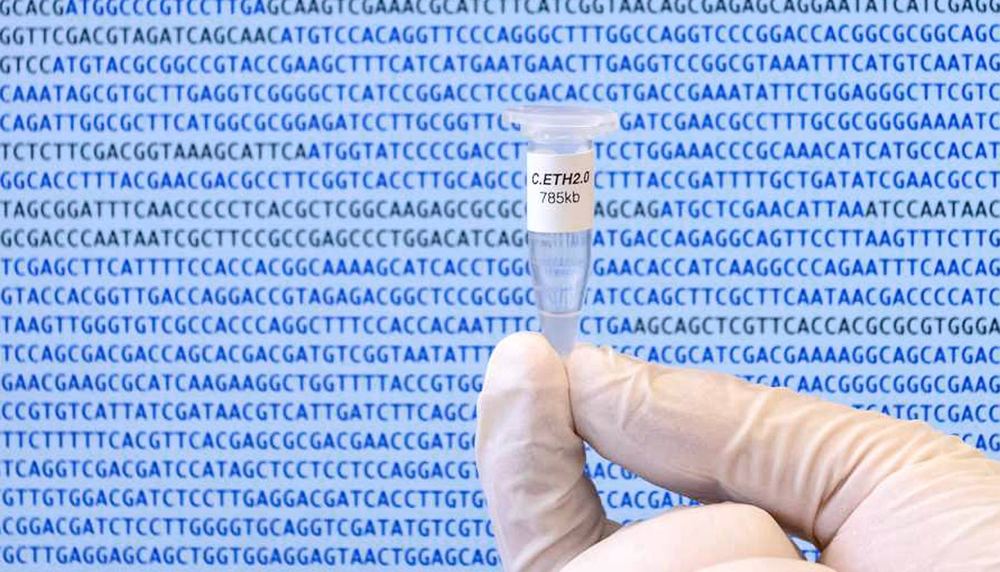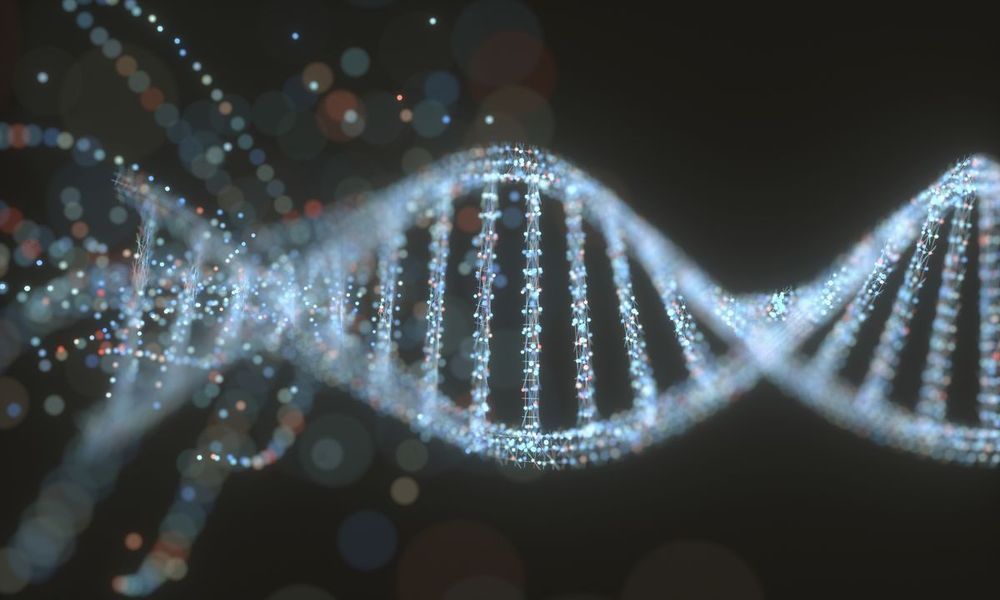With new genome analysis tools, scientists have made significant advances in our understanding of modern humans’ origins and ancient migrations.
But trying to find ancient DNA, let alone prove that the ancient DNA is ancestral to a population living today is extremely challenging.
A new study in Molecular Biology and Evolution (MBE) adds to this understanding by reconstructing artificial genomes with the analyses of the genome of 565 contemporary South Asian individuals to extract ancient signals that recapitulate the long history of human migration and admixture in the region.







